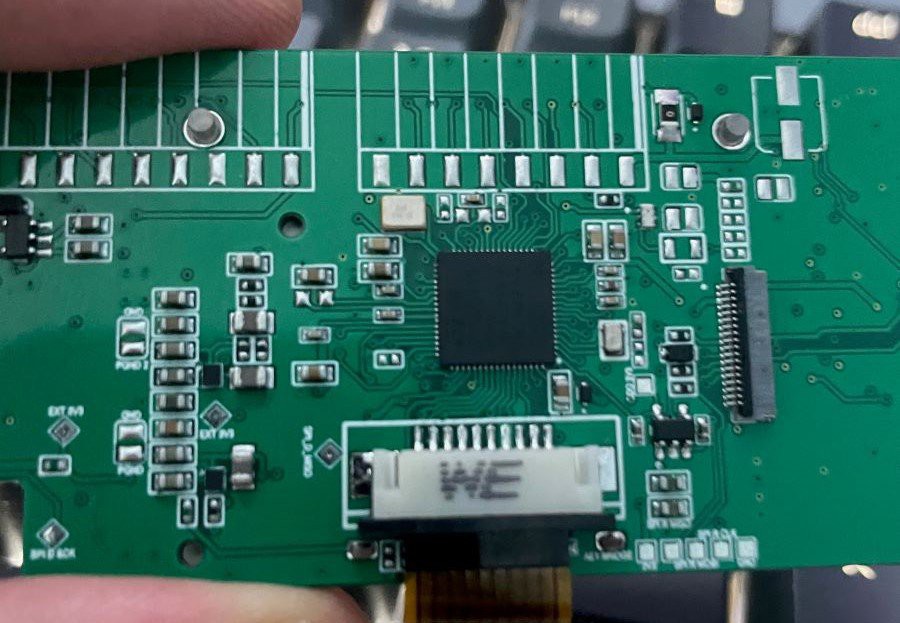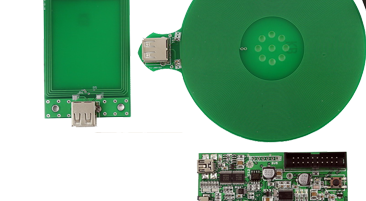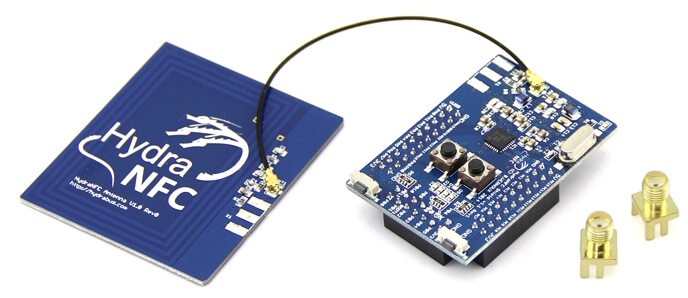Here in the heart of Berkeley, innovative ideas are bubbling everywhere. It was in a local coffee shop here that our project was first thought up. Always having had a keen interest in open-source projects, I often brainstormed and collaborated with my two good friends: Dave, who is obsessed with cybersecurity and retro tech, and Sid, who is deep into everything from handheld radios to remote control cars. Our meetups were never not fun. Our discussions really sparked the imagination and led to some cool ideas.
One evening, our conversation revolved around current hacking tools. We thought, wouldn't it be great if there were a device that could be the Swiss Army knife for hackers – comprehensive, uncomplicated, and open-source. . . . It was then that we decided; we were going to make a monster.

The Inspiration
Our discussions often revolved around open-source devices like the Pwnagotchi, ChameleonMini, Proxmark3, HydraNFC, and famous dolphins. We really liked the vision these projects had, and we saw a chance to make something even more comprehensive. A tool that could seamlessly integrate various functionalities, eliminating the need for multiple devices. All for one, and one for all. Ya know?
Today, I'd like to share how our journey in developing the M1, a versatile RFID-enabled device, was hugely influenced and inspired by the Proxmark3.
Our affinity for open source devices such as Proxmark3 and HydraNFC led us to create the M1, a versatile RFID-enabled device. It began with the Proxmark3, an outstanding tool in RFID research. By enabling communication between tags and readers, it provided a valuable blueprint as we developed M1's RFID capabilities to read, write and clone data.


Also, HydraNFC was a major influence due to its capabilities in the 13.56MHz NFC domain. It steered us toward a design that would allow M1 to communicate with NFC-enabled cards and readers.
In short, learning from Proxmark3 and HydraNFC has helped shape M1, making RFID and NFC technology more accessible and user-friendly.
 Monstatek
Monstatek
Discussions
Become a Hackaday.io Member
Create an account to leave a comment. Already have an account? Log In.